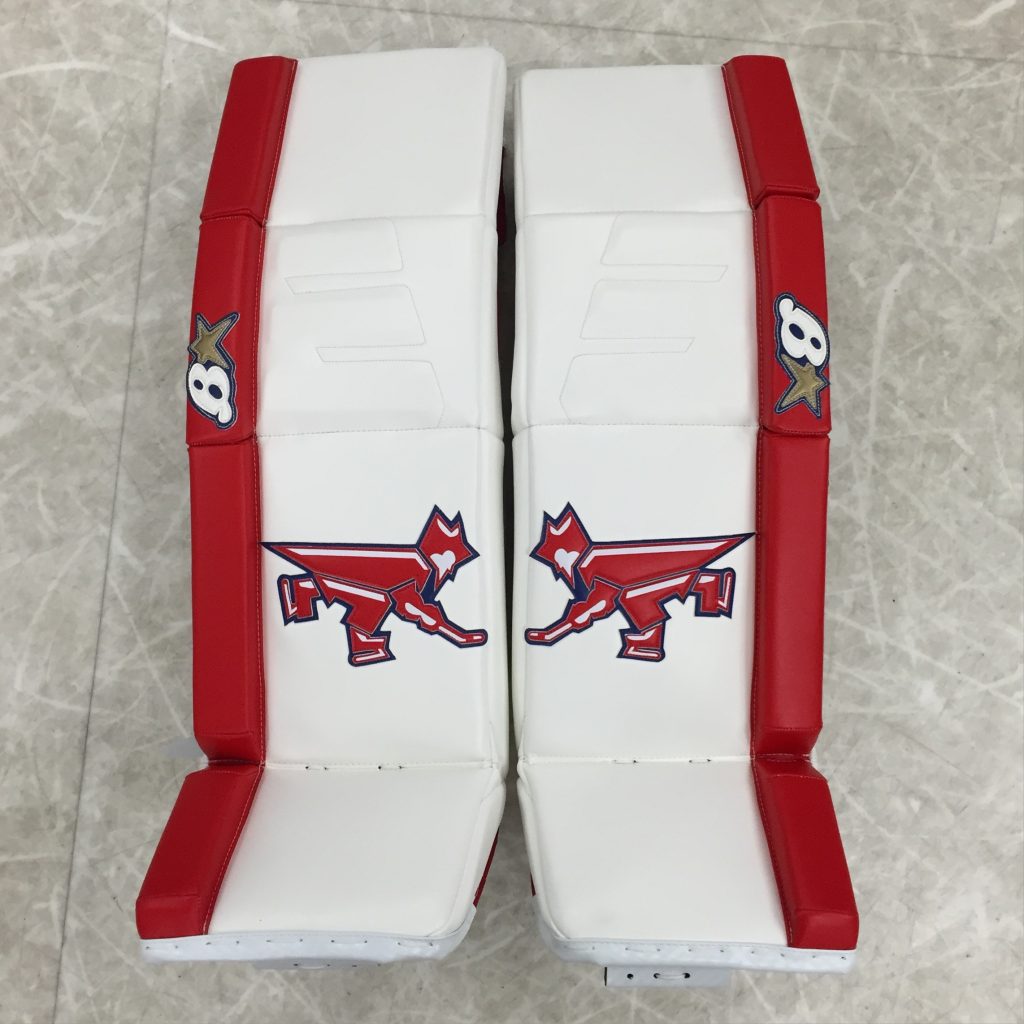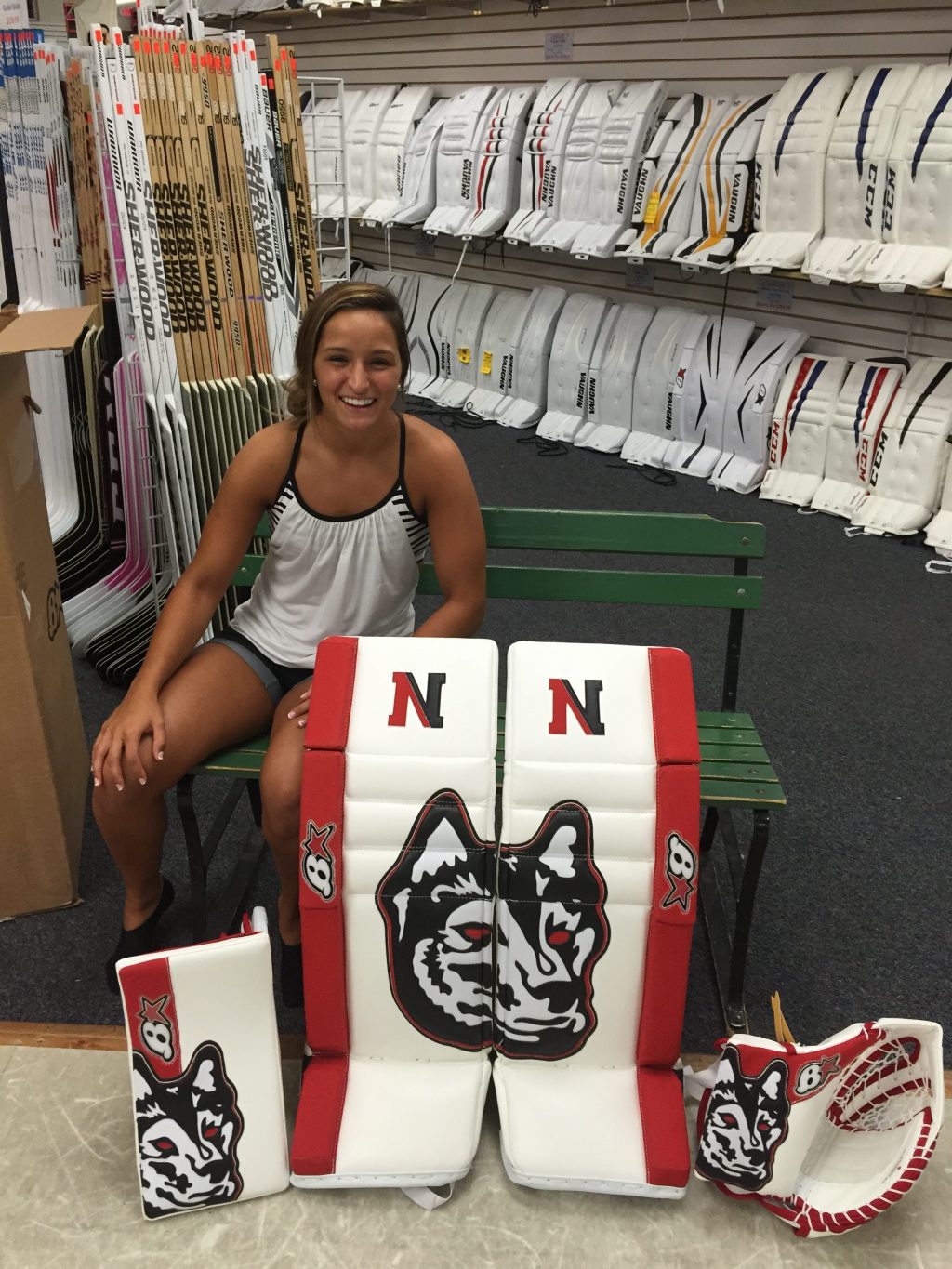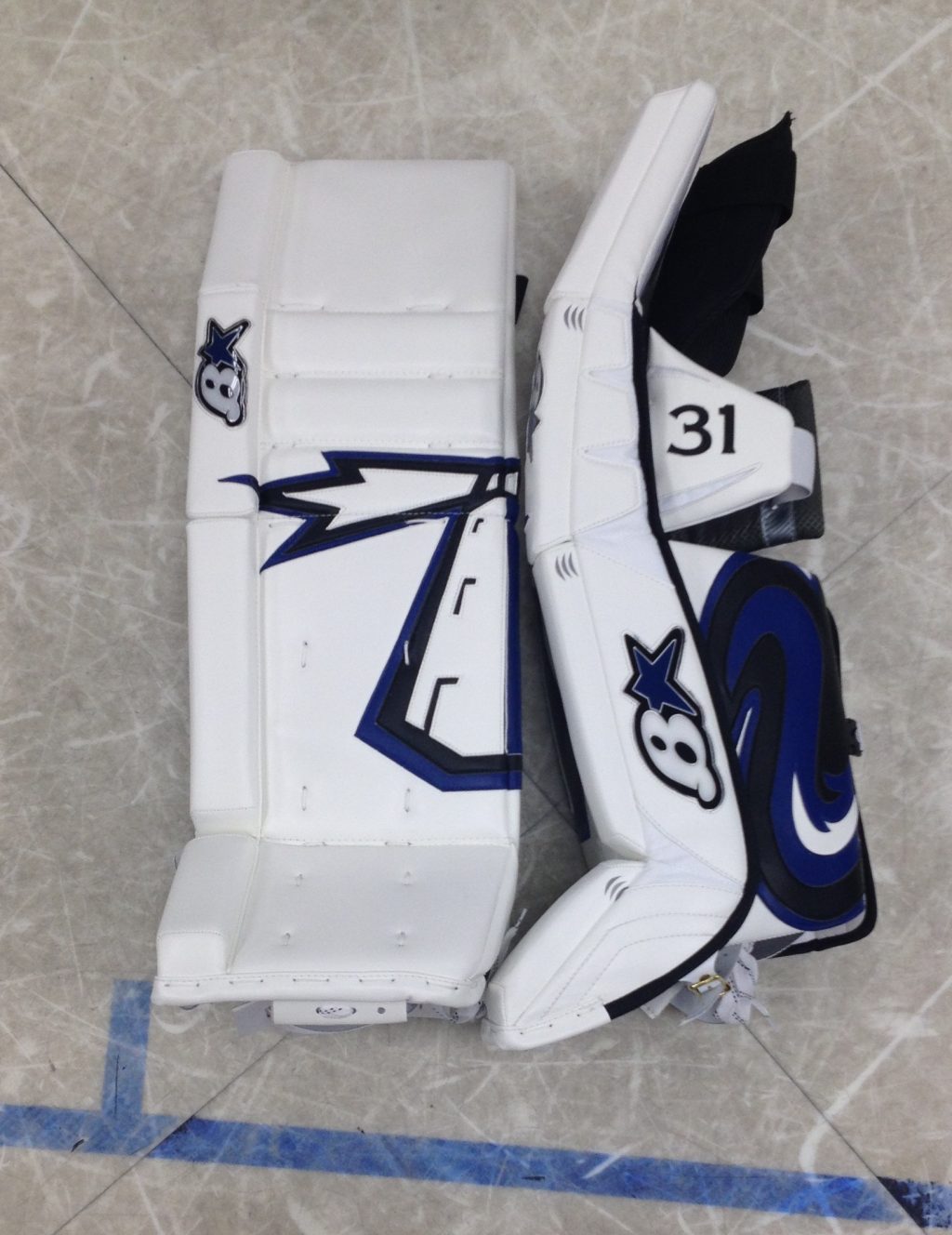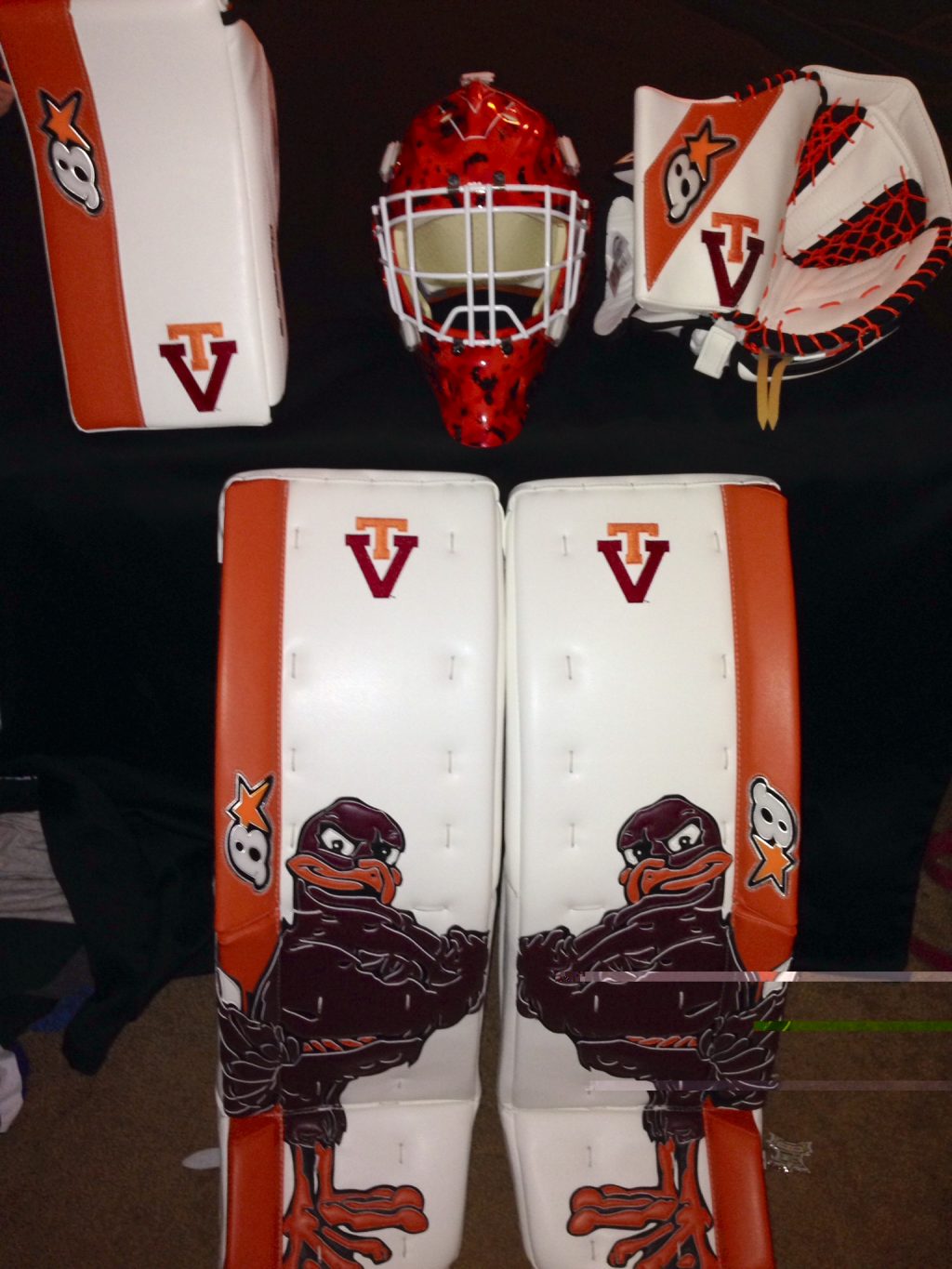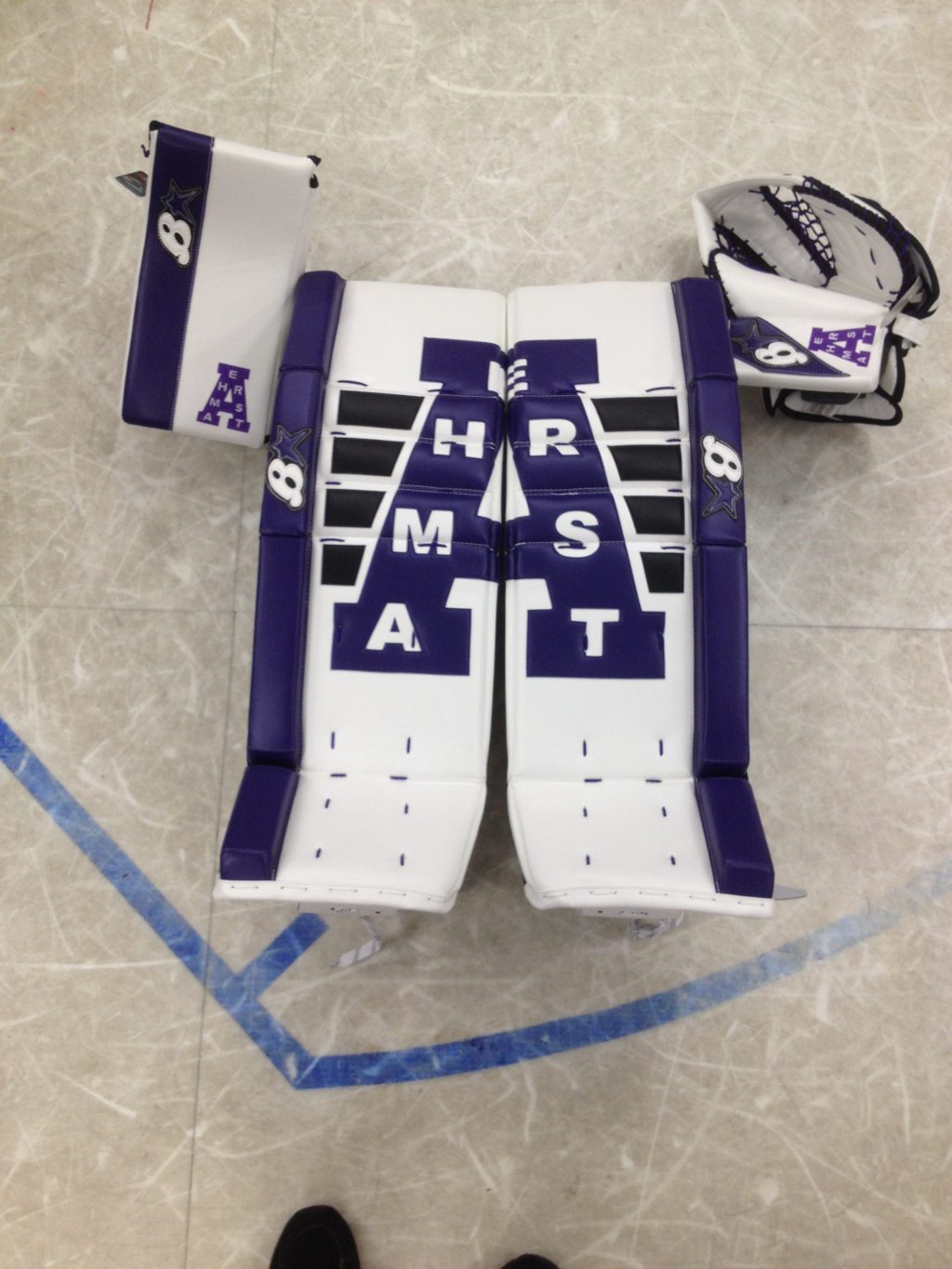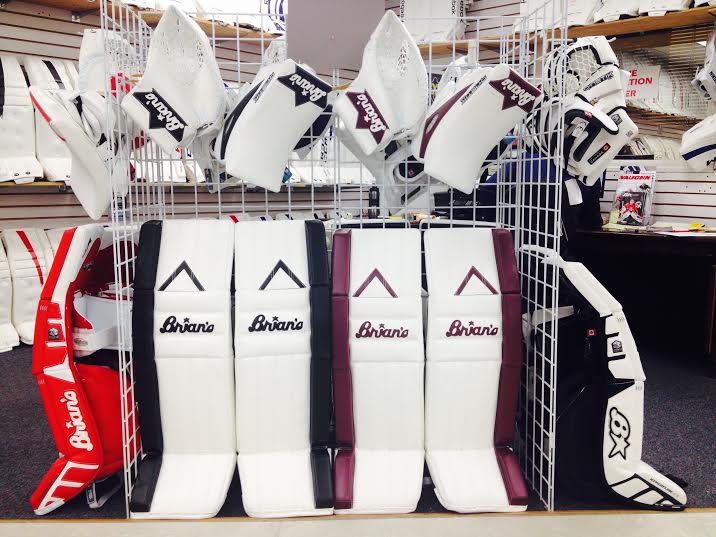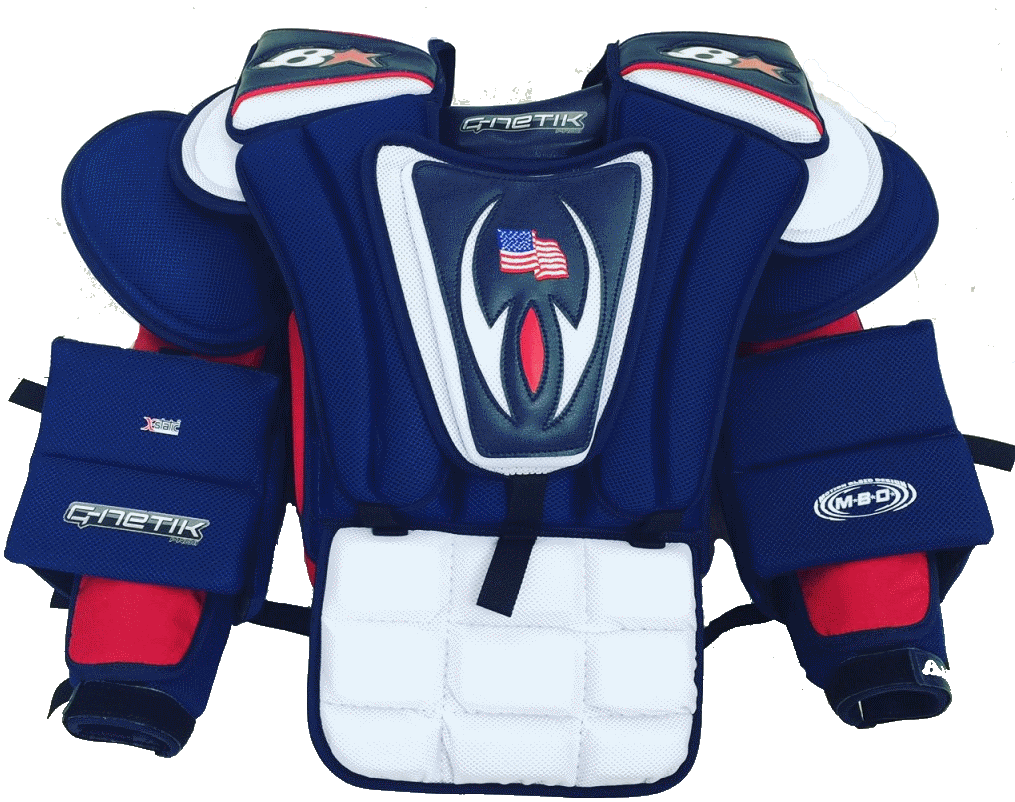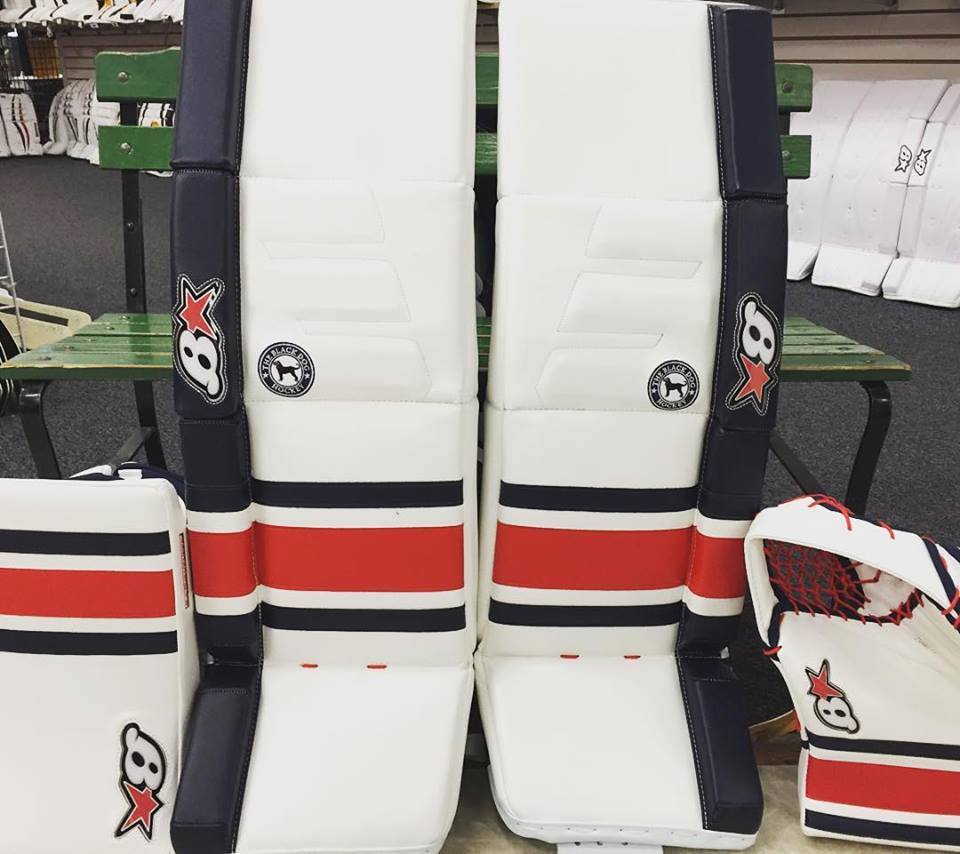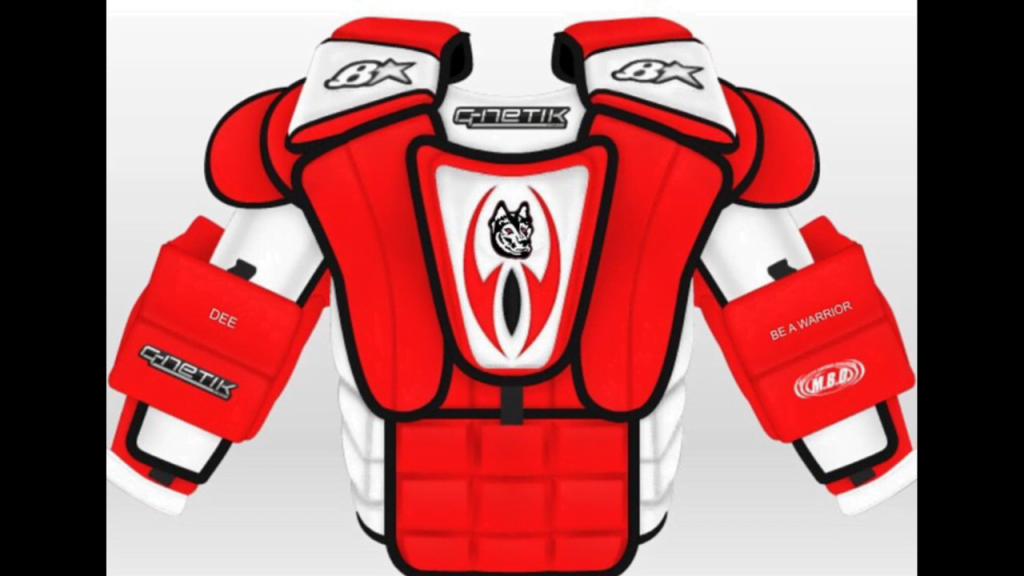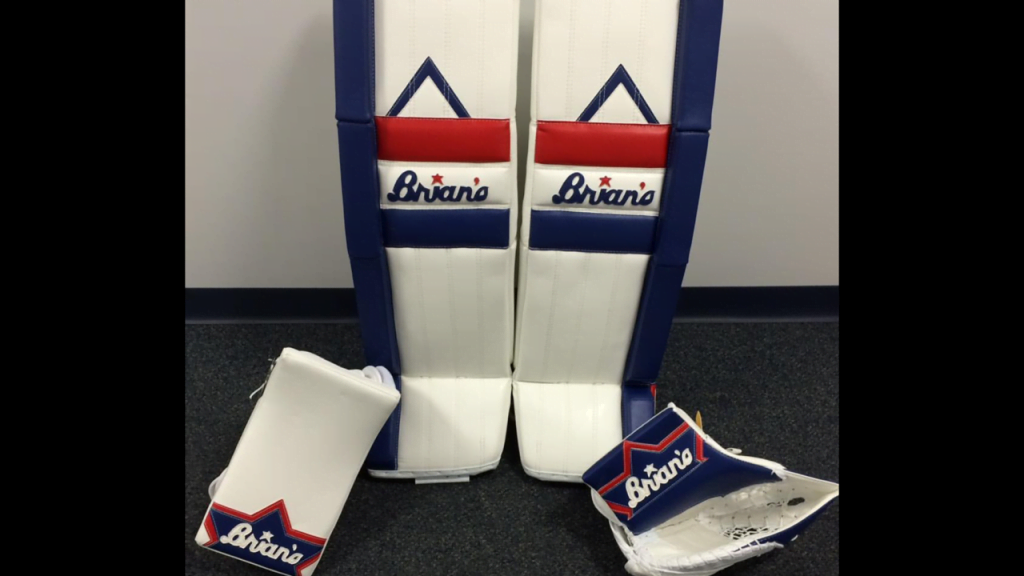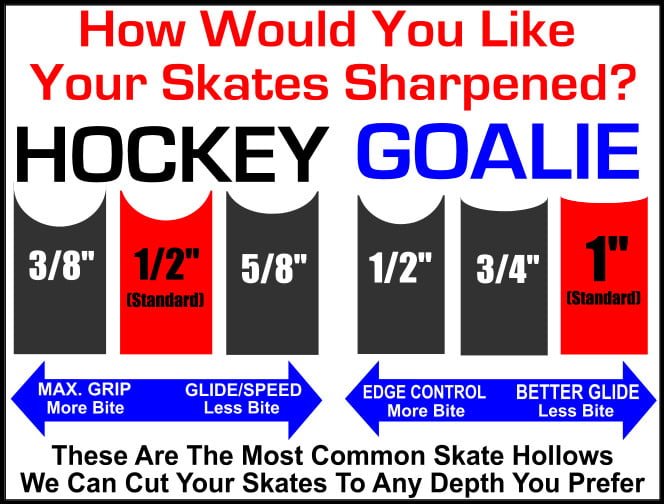In the modern era of composite hockey sticks there have been many innovations and changes. The one thing that has remained constant is the shape. For the most part the shape of sticks has been square or, more specifically, rectangular. STX is looking to change all that with the introduction of the Surgeon RX 2 composite stick line featuring Puregrip Technology.
Puregrip Technology gives you an entirely new way to take control of the game. Its innovative, ergonomic design on the underside of the shaft fills the void in your hand left by a traditional shaped hockey stick. The angular shape on the bottom of the stick maximizes hand contact points for advanced stick control and quick, responsive play.
 |
| STX Surgeon RX2 Pueregrip Technology |
It has the familiar square top, but the bottom is like nothing you've ever played with before. It's like the ultimate hybrid of a hockey stick and a lacrosse stick (STX being one of the leaders in LAX gear being completely coincidental). It has a great feel in the bare hand, but you really need to hold it with hockey gloves to fully appreciate just how different and comfortable this shape is. This unique ergonomic shape creates more contact points in the hand creating greater control.
 |
| Puergrip Technology for greater glove feel |
The STX Surgeon RX2 sticks will be available on June 10th. Stop in and check out the shape of things to come!

